Are you looking for a fun and exciting hobby that combines strategy, creativity, and a dash of nostalgia? Look no further than the world of the collectible card hobby! Whether you’re a gaming enthusiast or simply enjoy collecting unique and visually stunning cards, this thrilling hobby offers endless possibilities and hours of enjoyment. From the thrill of opening a new booster pack to the satisfaction of building your own custom deck, the joy of collectible card games is as captivating as it is addictive. So why not join the millions of enthusiasts worldwide and embark on your own card-collecting adventure today? Get ready to immerse yourself in a world of fantasy, competition, and endless fun!
The History of Collectible Card Games
Origins of the first collectible card games

Collectible card games (CCGs) have a rich history that dates back to the early 1990s. The first notable CCG, “Magic: The Gathering,” was developed by mathematician Richard Garfield and published by Wizards of the Coast in 1993. This groundbreaking game revolutionized the world of tabletop gaming by introducing the concept of collectible cards with unique abilities and an ever-expanding card pool. “Magic: The Gathering” quickly garnered a devoted following and laid the foundation for the CCG genre.
Evolution and popularization of the genre
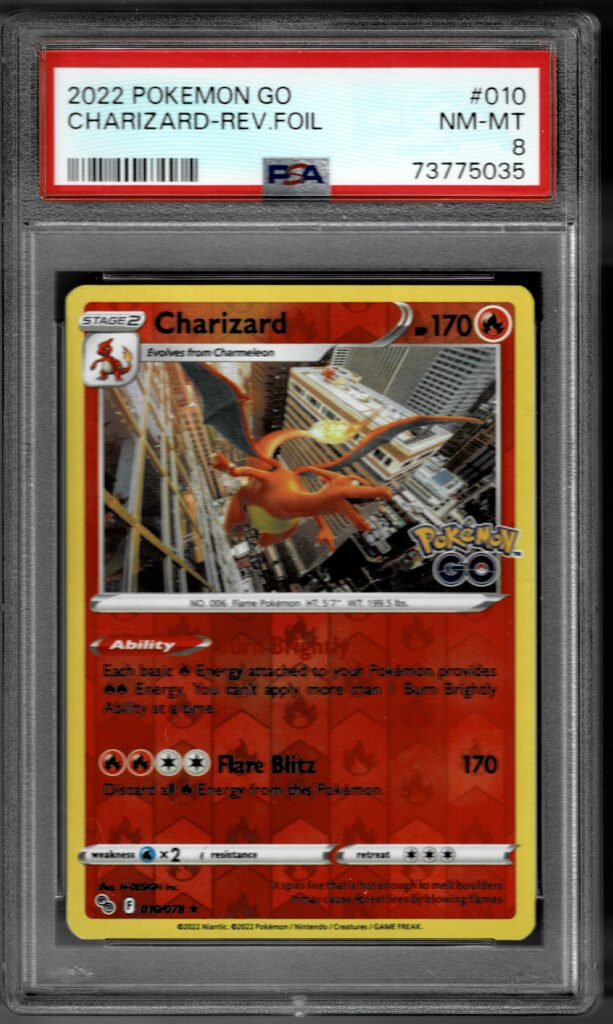
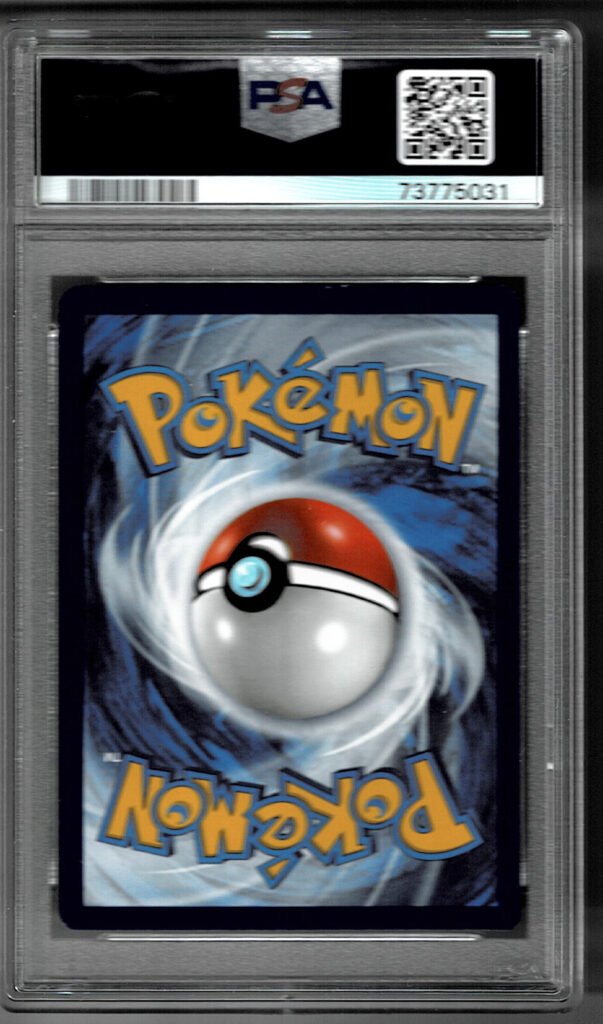
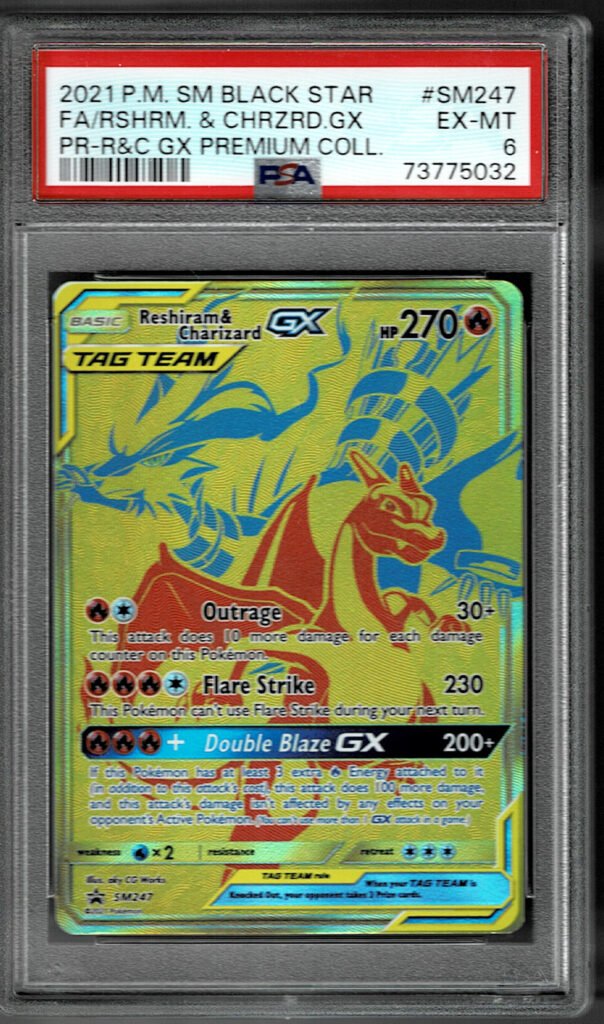
Following the success of “Magic: The Gathering,” numerous other CCGs were released, each with its own unique gameplay mechanics and themes. Games like “Pokémon Trading Card Game,” “Yu-Gi-Oh!,” and “Final Fantasy Trading Card Game” gained immense popularity and expanded the reach of the genre to wider audiences. The rise of online CCGs further fueled the growth of the hobby, allowing players to engage in digital card battles and collect virtual cards from across the globe.
Key milestones in the history of collectible card games
Over the years, CCGs have witnessed several key milestones that have shaped the landscape of the hobby. The introduction of expansion sets allowed players to continuously augment their card collections with new cards, adding depth and complexity to gameplay. The advent of digitized versions of CCGs brought about a new era of accessibility, enabling players to enjoy the hobby on various platforms. Additionally, the emergence of competitive tournaments and professional esports circuits elevated CCGs to a new level, showcasing the skill and strategic depth involved in playing these games. These milestones have contributed to the enduring popularity and fascination with collectible card games.
Understanding Collectible Card Games
Definition and characteristics of collectible card games
A collectible card game (CCG) is a genre of card game in which players create personalized decks of cards and compete against each other using these decks. The defining characteristic of CCGs is the collectibility aspect, with players eager to expand their card collections to improve their chances in battles. CCGs typically feature cards with unique abilities, various card types (such as creatures, spells, and items), and a strategic gameplay element that requires players to carefully manage their resources and make tactical decisions.
Different types of collectible card games
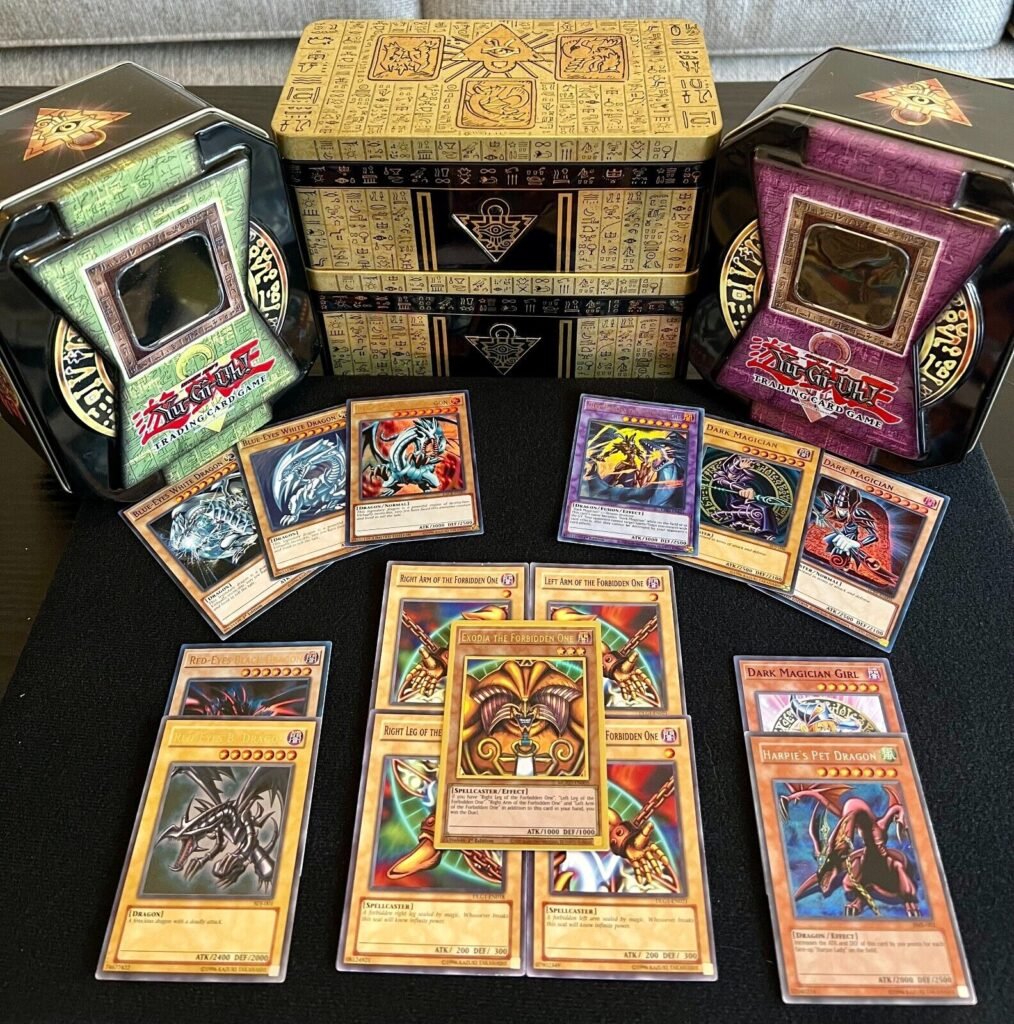
Collectible card games come in various forms, catering to different preferences and playstyles. Trading card games (TCGs) like “Magic: The Gathering” and “Yu-Gi-Oh!” involve the trading and exchanging of cards between players and often emphasize strategic battles. Living card games (LCGs) like “Android: Netrunner” offer a fixed card pool for players to purchase, removing the need for randomness when expanding their collections. Deck-building games like “Dominion” require players to strategically build their decks during the game, rather than beforehand. Each type of CCG offers a unique experience and appeals to different types of players.
Components and mechanics of collectible card games
The components of a collectible card game typically include a deck of cards, each with its own unique abilities and attributes. These cards may feature illustrations, lore, and flavor text that add depth to the game world. Players use their decks to battle opponents, employing a combination of strategies, tactics, and resource management. The mechanics of CCGs involve drawing cards, playing cards from hand, using card abilities, and interacting with opponents’ cards. The goal is often to reduce the opponent’s life points or achieve specific objectives outlined in the game’s rules.
Building a Card Collection
Choosing a collectible card game to focus on
With the multitude of collectible card games available, it’s important to choose a CCG that aligns with your interests and preferences. Consider factors such as the game’s theme, mechanics, and complexity. Research the various CCGs available, read reviews, and watch gameplay videos to get a sense of which game resonates with you the most. Take into account the community and support for the game, as having a vibrant player base can enhance your overall experience.
Acquiring cards through purchases
Once you’ve selected a CCG to focus on, acquiring cards becomes an essential part of the hobby. Card packs are typically the primary method of obtaining cards, and they are often sold in randomized assortments. Many CCGs have a “rarity” system that assigns different levels of scarcity to cards, making some more valuable and sought-after than others. Collectors often enjoy the thrill of opening new card packs and hoping to find rare or valuable cards within. Purchasing individual cards or deck-building products can also be a more targeted approach to acquiring specific cards.
Trading and exchanging cards with other collectors
Trading and exchanging cards with fellow collectors is a fundamental aspect of the CCG hobby. This allows players to acquire cards they need and get rid of duplicates or unwanted cards. Attending local game stores, conventions, or online trading communities can provide opportunities to connect with other collectors and engage in trades. Trading cards not only helps to diversify and strengthen your collection but also fosters social connections within the CCG community.
Strategies for managing and organizing a card collection
As your collection grows, it’s important to implement effective strategies for managing and organizing your cards. Using card sleeves and storage boxes can help protect the physical cards from wear and tear. Sorting cards by set, rarity, or theme can aid in quickly locating specific cards during deck-building sessions. Digital card management tools and apps are also available for those who prefer to organize their collections digitally. Regularly reassessing your collection, selling or trading cards that are no longer desired, can help keep your collection streamlined and focused.
The Thrill of Card Pack Openings
Hype and anticipation of opening new card packs
Opening a new pack of collectible cards is an exhilarating experience filled with anticipation and excitement. The very act of tearing open the packaging and revealing the contents within is a moment cherished by collectors. The sense of anticipation builds as each card is unveiled, creating a rush of emotions and possibilities. It’s this feeling of not knowing what lies inside the pack that makes card pack openings such a thrill for collectors.
Unveiling rare and valuable cards
One of the most exciting aspects of card pack openings is the possibility of finding rare and valuable cards. Most CCGs have a rarity system in place, where certain cards are harder to come by than others. Discovering a rare or highly sought-after card in a pack can evoke a sense of joy and achievement, as it adds value to your collection and increases your arsenal for battles. The rarity of cards often corresponds with their power or collectability, making them prized possessions among collectors.
The satisfaction of completing a set
Collecting cards from a particular set and completing it is a gratifying experience for many hobbyists. Each set typically features a defined number of cards, and the pursuit of obtaining every card in the set can become a personal goal. The satisfaction of completing a set comes from the sense of completion and accomplishment it provides. Collectors often display their completed sets with pride, showcasing their dedication and perseverance within the hobby.
Strategies for maximizing the enjoyment of card pack openings
To enhance your enjoyment of card pack openings, consider a few strategies. One approach is to savor the moment rather than rushing through the process. Take your time to appreciate the artwork and read the flavor text on each card, immersing yourself in the game’s universe. Another strategy is to share the experience with fellow collectors or friends, creating an environment of camaraderie and excitement. Consider recording or streaming your pack openings online, allowing others to join in on the thrill and celebrate your discoveries.
Playing and Competing in Collectible Card Games

Rules and gameplay mechanics of collectible card games
Each collectible card game has its own unique set of rules and gameplay mechanics that govern how the game is played. Understanding these rules is crucial for players to engage in strategic battles and compete against opponents. Rules may encompass elements such as card costs, turn structure, combat mechanics, and win conditions. Familiarizing yourself with the rulebook, seeking guidance from experienced players, and practicing regularly are key steps in mastering the gameplay mechanics of a CCG.
Different game formats and playstyles
Collectible card games offer a variety of game formats and playstyles to cater to different preferences and skill levels. Constructed formats involve building decks from your collection prior to gameplay, while limited formats provide players with a limited card pool to construct decks from during the game. Game formats can also be categorized based on the number of players involved, such as one-on-one duels or multiplayer formats. Understanding the different game formats and playstyles allows players to diversify their experiences and adapt their strategies accordingly.
Participating in local and international tournaments
For those seeking a competitive aspect to their CCG hobby, participating in local and international tournaments can be a thrilling experience. Tournaments bring together players of various skill levels, offering opportunities to test your deck-building and strategic abilities against others. Local game stores often host tournaments, providing a welcoming environment for players to engage in friendly competition. International tournaments, on the other hand, gather top players from across the globe to showcase their skills and vie for prestigious titles and prizes.
Strategies for improving gameplay skills
Improving your gameplay skills in a CCG requires practice, study, and a willingness to learn from both victories and defeats. Playing regularly against opponents of varying skill levels helps refine your strategies and adaptability. Analyzing your matches, either by reviewing recorded gameplay or discussing with fellow players, allows you to identify areas for improvement. Seeking out resources like strategy guides, online forums, and tutorials can provide valuable insights into advanced gameplay techniques and approaches. Continuous practice, along with a growth mindset, can significantly enhance your overall gameplay skills.
The Art and Design of Collectible Cards
Appreciating the artwork on collectible cards
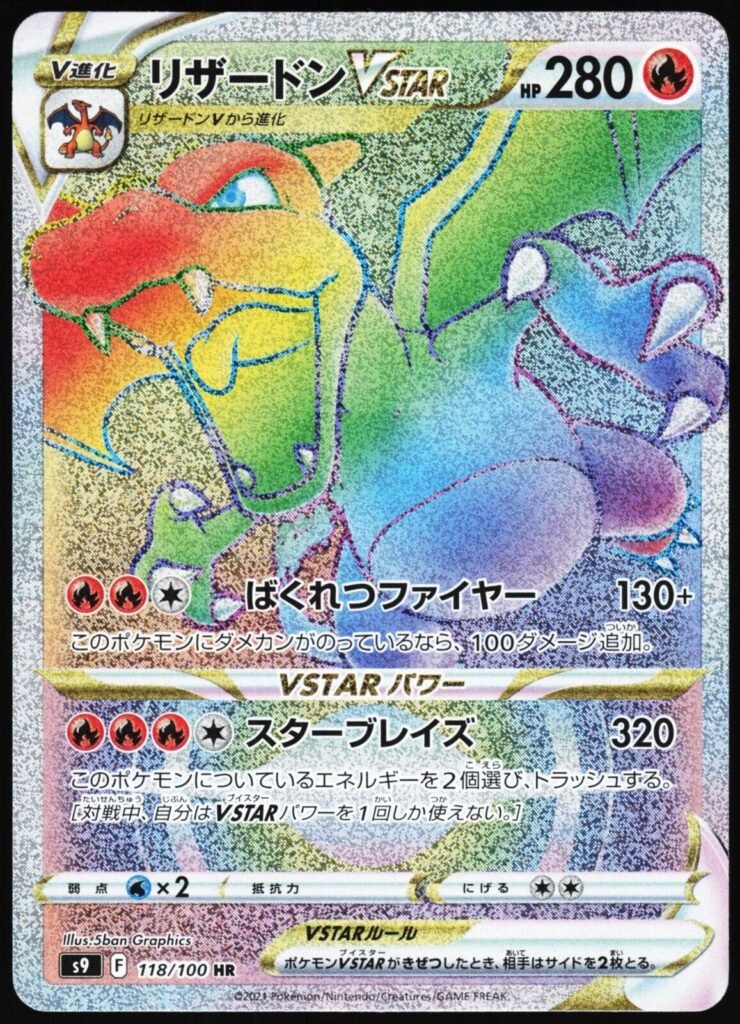
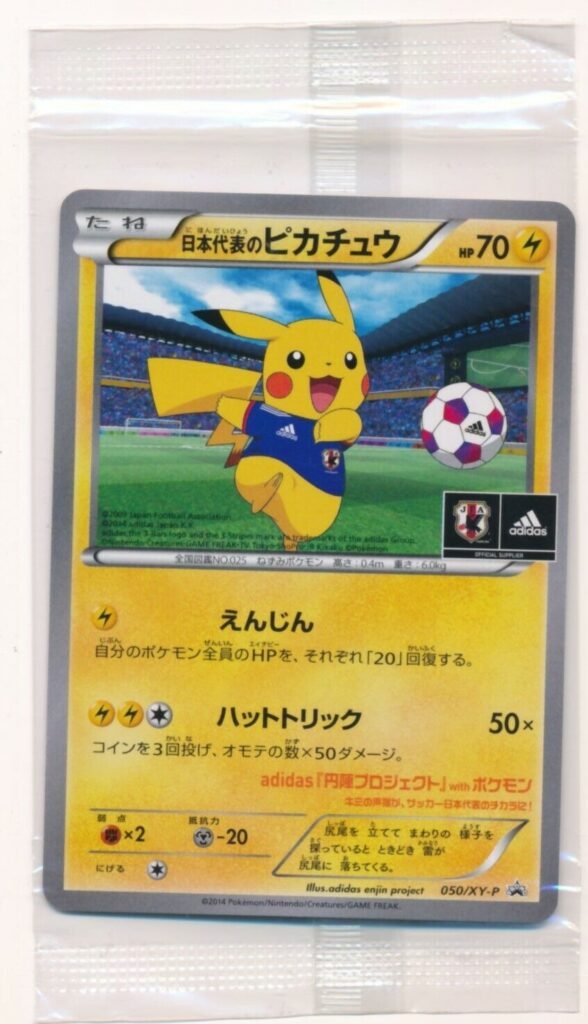
One of the distinguishing features of collectible cards is the stunning artwork that adorns them. Artists pour their creativity and talent into illustrating these cards, creating beautiful and immersive worlds for players to explore. Taking the time to appreciate the intricate details, vibrant colors, and unique art styles on each card adds another dimension of enjoyment to the hobby. Collectible cards can be seen as miniature works of art, showcasing the artistic prowess behind CCGs.
Role of card aesthetics in the appeal of the hobby
The aesthetics of collectible cards play a significant role in the appeal of the hobby. The artwork and design on cards create a visual spectacle, capturing the attention and imagination of collectors. Engaging artwork can spark curiosity and a desire to learn more about the game’s lore and characters. Aesthetically pleasing cards are not only visually appealing but also contribute to the overall experience of playing and collecting CCGs, enhancing the immersion and enjoyment factor.
Notable artists and illustrators in the industry
The world of collectible card games boasts many talented artists and illustrators who have contributed to the visual richness of the genre. Artists like John Avon, Rebecca Guay, and Yoshitaka Amano have left a lasting impact with their breathtaking artwork in games such as “Magic: The Gathering” and “Final Fantasy Trading Card Game.” These artists bring their unique styles and interpretations to the cards, making them highly sought-after by collectors. Exploring the work of notable artists in the industry can deepen your appreciation for the artistry behind collectible cards.
Collecting special or limited edition cards for their artistic value
In addition to gameplay considerations, some collectors focus on acquiring special or limited edition cards purely for their artistic value. CCGs often release premium or alternate art versions of cards, which feature unique illustrations or enhanced finishes. These cards appeal to collectors who appreciate the artistic nuances and desire to own truly exclusive pieces. Acquiring and displaying these special edition cards adds a sense of rarity and prestige to one’s collection, elevating the overall aesthetic and value of the hobby.
Economy and Value in Collectible Card Hobby
Understanding the secondary market for collectible cards
The collectible card hobby has a thriving secondary market where players and collectors can buy and sell cards. The value of cards on the secondary market is influenced by factors such as popularity, scarcity, and demand. Rare and highly sought-after cards often command higher prices, while cards from older sets may appreciate in value over time. Understanding the dynamics of the secondary market allows collectors to make informed decisions when buying or selling cards.
Factors influencing the value of cards
Several factors contribute to the value of collectible cards. Rarity is a significant factor, with rare cards often holding greater value due to their scarcity. Playability, or a card’s usefulness in competitive gameplay, can also impact its value. Cards favored by top players or featured heavily in tournament-winning decks may see an increase in demand and value. Additionally, collectibility and nostalgia influence card value, with cards associated with beloved characters or iconic moments in a game’s history often commanding higher prices.
Rare, unique, and highly sought-after cards
Rare, unique, and highly sought-after cards are the crown jewels of many collections. These cards possess attributes that set them apart from the rest, making them highly desirable to collectors. Promotional cards, alternate art cards, and limited edition cards often fall into this category. Collectors are willing to invest significant time and resources to acquire these elusive cards, as they represent the pinnacle of collectible card game collecting.
Investing in collectible cards
Collectible cards also have potential as investment assets. While not as liquid or mainstream as traditional financial investments, certain cards have shown substantial increases in value over time. Investing in collectible cards requires careful research, knowledge of the market, and a long-term perspective. Understanding the factors that drive card value, keeping an eye on trends in the industry, and seeking expert advice can help collectors make informed investment decisions within the hobby.
Social Aspects of Collectible Card Games
Building friendships and communities through the hobby
The collectible card game hobby has a strong social component that often leads to the formation of lasting friendships and communities. Participating in card game events, attending local game store gatherings, and joining online communities connect individuals with shared interests and passions. The hobby provides a common ground for connecting with like-minded individuals, fostering a sense of camaraderie and friendship that extends beyond the gaming table.
Trading and interacting with fellow collectors
One of the joys of the collectible card hobby is the opportunity to interact and trade with fellow collectors. Trading cards not only helps to grow your collection but also provides a platform for engaging with other players, sharing strategies, and discussing the latest card releases. This interaction fosters a sense of community and enables collectors to learn from one another, enriching the overall experience of the hobby.
Online forums and communities dedicated to collectible card games
The internet has played a pivotal role in connecting collectors and enthusiasts from all corners of the world. Online forums and communities dedicated to collectible card games provide platforms for sharing knowledge, engaging in discussions, and seeking advice from experienced players. These virtual spaces allow collectors to showcase their card collections, participate in tournaments, and trade cards with a global community. Online interactions facilitate connections beyond geographical barriers and contribute to the vibrant and supportive culture of the CCG hobby.
The role of social events and gatherings
Physical and virtual social events and gatherings play a crucial role in the collectible card game community. Local game stores often host gaming nights, tournaments, and release events, providing opportunities for players to come together, forge new friendships, and celebrate their shared passion for the hobby. Larger conventions and gaming expos offer even more extensive platforms for community engagement, allowing players to meet industry professionals, participate in exclusive events, and immerse themselves in the broader CCG culture.
Expansion Sets and the Collectible Card Cycle
Introduction of new cards and mechanics through expansion sets
Expansion sets are a cornerstone of collectible card games, injecting new cards, mechanics, and gameplay experiences into the hobby. These sets expand the card pool available to players, introducing fresh strategies and interactions. Expansion sets often revitalize interest in a CCG, generating excitement and anticipation among collectors as they explore new content and possibilities. The ongoing release of expansion sets ensures that the hobby remains dynamic and ever-evolving.
The excitement of exploring new content
The release of expansion sets generates a buzz within the collectible card game community, as players eagerly anticipate the arrival of new cards and content. Exploring new expansions sparks creativity and curiosity, inspiring players to experiment with different deck combinations and strategies. The introduction of new mechanics and abilities often leads to unexpected interactions, opening up exciting possibilities for gameplay and creating unforgettable moments for collectors.
Impact of expansions on the metagame
Expansion sets have a significant impact on the metagame, which refers to the prevailing strategies and deck archetypes within a CCG’s competitive scene. New cards and mechanics introduced through expansions can drastically shift the balance of power, making certain strategies more viable or less effective. Players must adapt to these changes, continuously refining their decks and strategies to stay competitive. The ever-evolving metagame adds depth and variety to the CCG hobby, ensuring that the gameplay experience remains fresh and engaging.
Strategies for managing and keeping up with expansion releases
Managing and keeping up with expansion releases can be a challenge, especially as the number of expansions for a particular CCG grows over time. Some collectors choose to focus on a particular expansion or set, diving deep into its content and mechanics. Others opt for a more balanced approach, sampling expansions as they are released and incorporating new cards into their collections. Taking advantage of online resources, community discussions, and pre-release events can help collectors stay informed about upcoming expansions and plan their collection strategies accordingly.
Conclusion
Reflection on the joys and benefits of the collectible card hobby
The collectible card hobby offers a multitude of joys and benefits to its enthusiasts. The thrill of opening new card packs, the delight of discovering rare and valuable cards, and the deep satisfaction of completing card sets all contribute to an enriching experience. The hobby fosters social connections and friendships, creating a vibrant community of like-minded enthusiasts. Collectible card games provide avenues for creativity, strategic thinking, and personal growth, making it a rewarding pursuit.
Encouragement to explore and participate in the hobby
If you’re intrigued by the world of collectible card games, don’t hesitate to dive in and explore the hobby for yourself. Research different CCGs, seek guidance from experienced collectors, and immerse yourself in the gameplay and community. Whether you’re drawn to the strategic battles, the captivating artwork, or the social aspect of the hobby, there is something for everyone within the realm of collectible card games.
Closing thoughts on the enduring popularity of collectible card games
The enduring popularity of collectible card games can be attributed to the unique combination of gameplay, collectibility, and social interactivity they offer. The constant evolution of the hobby through expansion releases, the pursuit of rare and valuable cards, and the joy of sharing the experience with fellow collectors continue to captivate enthusiasts around the world. Collectible card games have become more than just games; they are a cultural phenomenon, uniting players across generations and inspiring lifelong passions.

Hi there! I’m Felix Gonzalez and I am the owner of Card Collecting Insider, and I’m thrilled to welcome you to my site! With our tagline “Uncover the Art of Collecting, One Card at a Time,” I’m here to provide you with expert insights, valuable resources, and the latest trends in the world of card collecting. Whether you’re a seasoned collector or just starting out, I’m dedicated to helping you discover hidden gems and sharing insider tips to elevate your collection. So join me on this exciting journey, as I dive deep into the captivating realm of card collecting. Let’s unlock the true beauty of these collectible treasures together!

